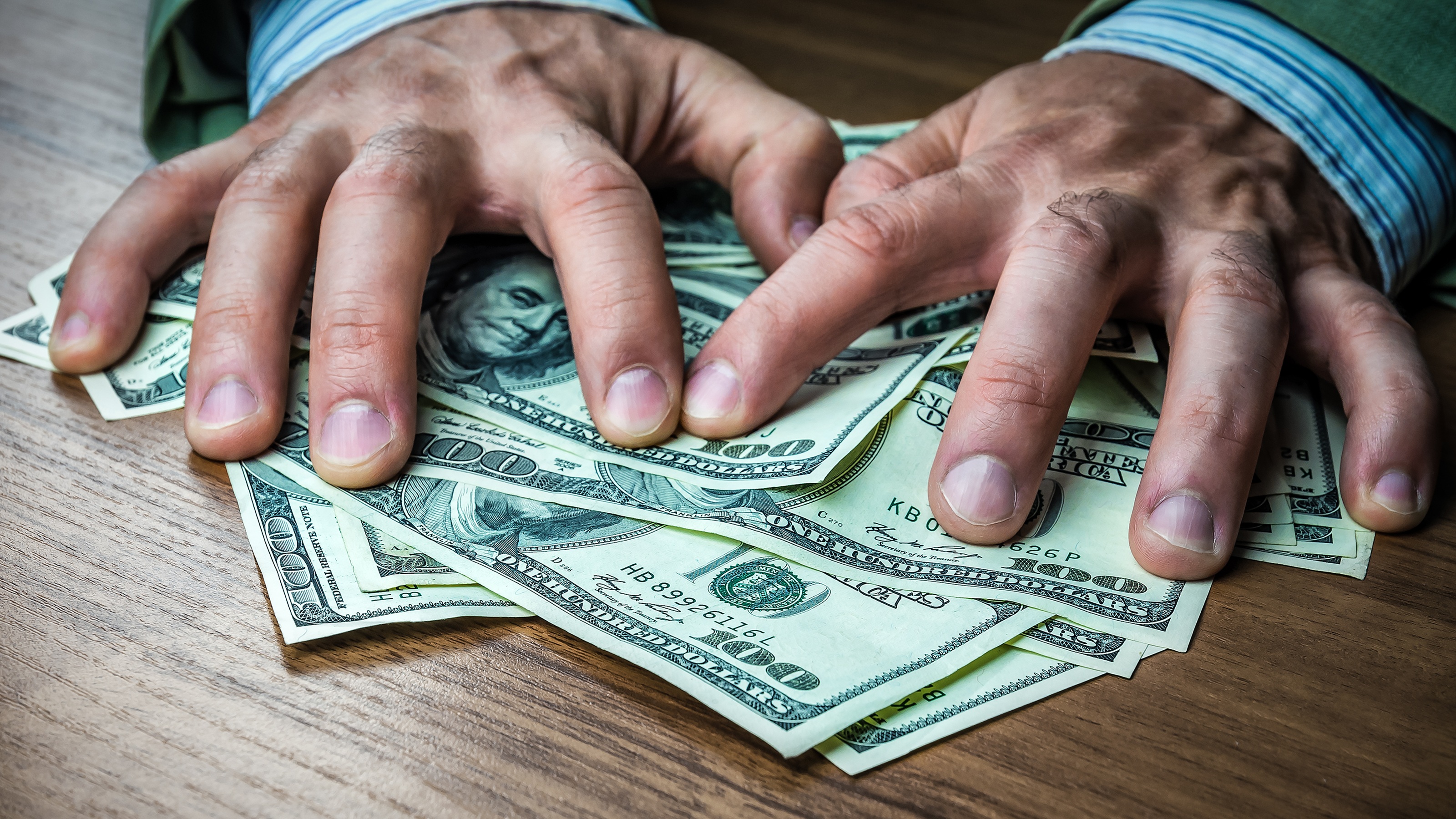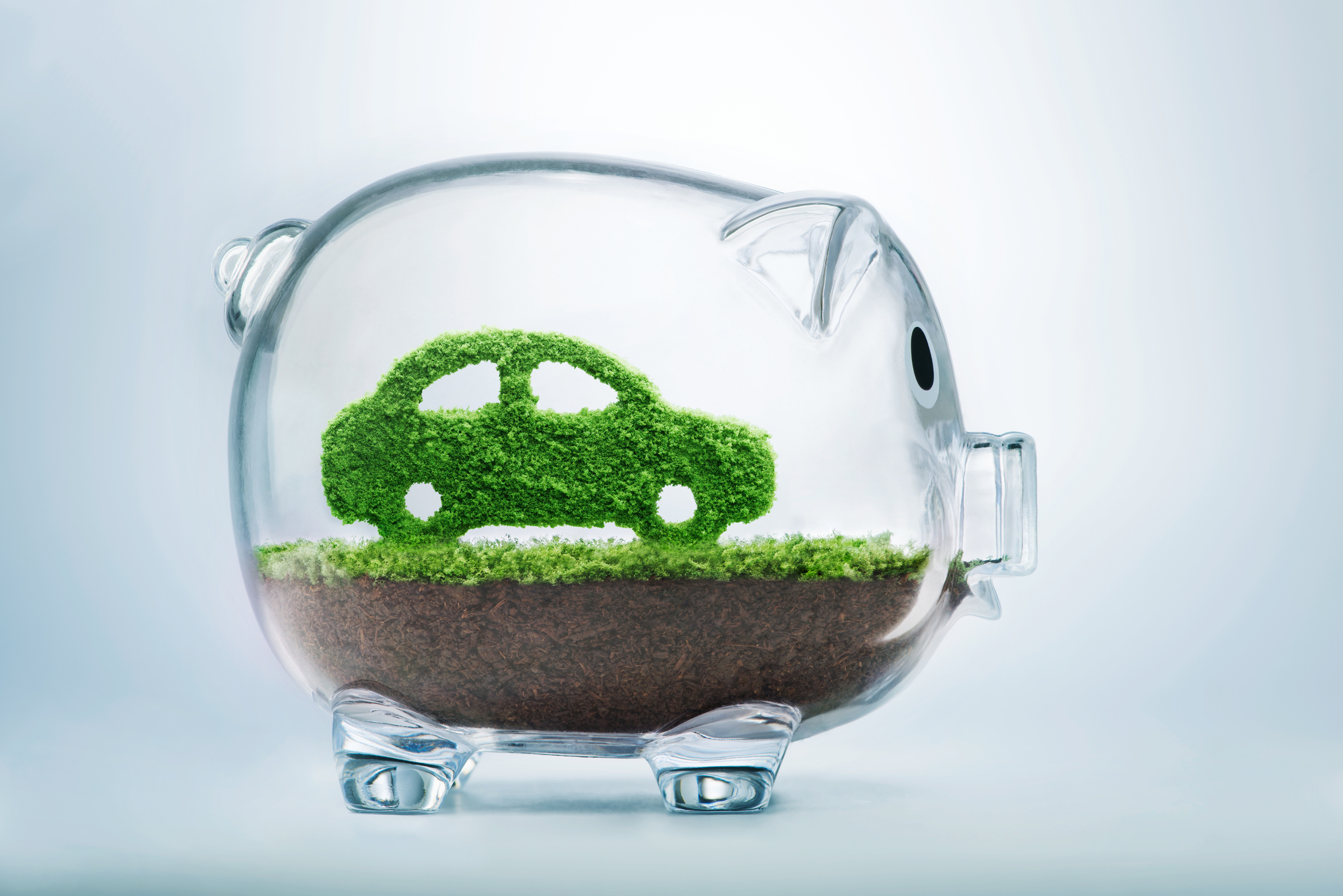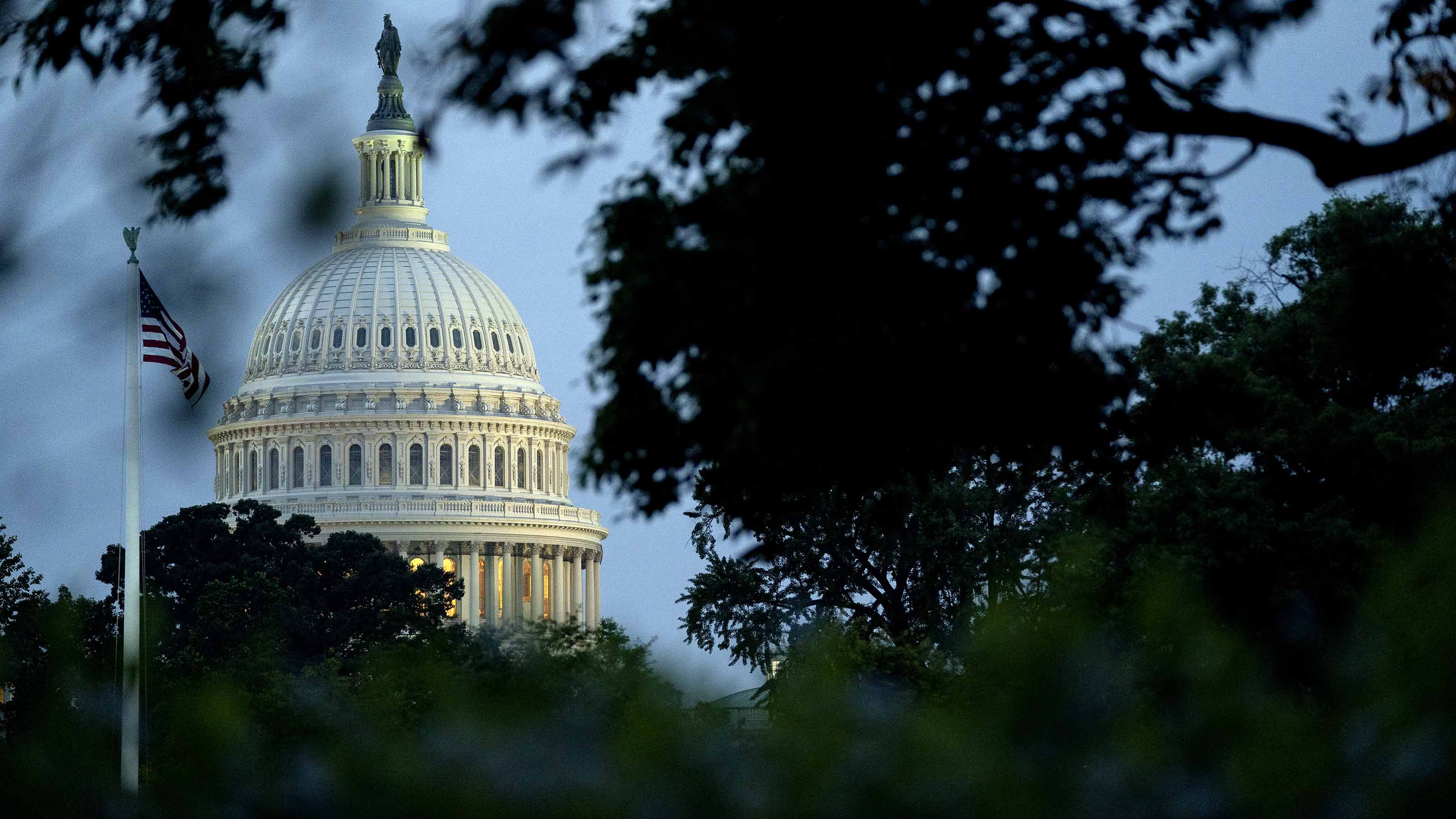Kiplinger Retail Outlook: Consumers Are Economizing, but Still Spending
Retail sales growth has downshifted after a strong summer.

Kiplinger’s Economic Outlooks are written by the staff of our weekly Kiplinger Letter and are unavailable elsewhere. Click here for a free issue of The Kiplinger Letter or to subscribe for the latest trends and forecasts from our highly experienced Kiplinger Letter team.
Retail sales excluding autos, gas and restaurants were flat in September, according to just-released government data (a release date for October data has not been determined yet). It was not surprising that growth paused in September after being strong the entire summer. E-commerce sales dipped a bit following a strong August. In-store sales grew a moderate 0.2%. Motor vehicle sales decreased a modest amount.
Restaurant and fast-food sales grew strongly for the second consecutive month. Spending on eating out is an important signal as to whether consumers feel flush or constrained, so the upward trend in this category shows consumers are not tapped out yet. Spending on services excluding dining rose 0.5% in August, the strongest growth this year. (August is the latest month for which services spending data other than dining are available.)
From just $107.88 $24.99 for Kiplinger Personal Finance
Become a smarter, better informed investor. Subscribe from just $107.88 $24.99, plus get up to 4 Special Issues

Sign up for Kiplinger’s Free Newsletters
Profit and prosper with the best of expert advice on investing, taxes, retirement, personal finance and more - straight to your e-mail.
Profit and prosper with the best of expert advice - straight to your e-mail.
Holiday sales should grow around 3.6% from a year ago, nearly the same growth as last year, though this will represent less growth in real spending because inflation has been higher this year. There is evidence that consumers are economizing, particularly moderate- and lower-income households. In credit card data, the average value of purchases of services has declined, even though transactions have increased. That means that consumers are trading down, such as going to fast-food places instead of full-service restaurants.
Consumer spending growth is likely to be weaker going into next year, because there are too many headwinds. Consumer sentiment measures appear to be softening, again. First, the hiring slowdown in the labor market is creating job anxiety, even among those who are already employed. Households tend to cut spending and add to savings when the possibility of losing a job looms. If the unemployment rate or initial claims for unemployment rise, that fear will intensify. Second, price increases caused by tariffs are starting to show up among home furnishings and other imported goods in the Consumer Price Index. Price increases could become more prevalent as inventories of goods that were stockpiled ahead of the tariffs start to run down, and merchants begin passing on the cost of tariffs on goods they have imported recently. Consumers should pull back on purchases of imported goods as this happens.
There will be one tailwind, though: Stock market capital-gain distributions are likely to be strong at the end of the year, so there could be a spending bump among wealthier households when this happens. Motor vehicle purchases may get a boost, for example.
Related content
Profit and prosper with the best of Kiplinger's advice on investing, taxes, retirement, personal finance and much more. Delivered daily. Enter your email in the box and click Sign Me Up.

David is both staff economist and reporter for The Kiplinger Letter, overseeing Kiplinger forecasts for the U.S. and world economies. Previously, he was senior principal economist in the Center for Forecasting and Modeling at IHS/GlobalInsight, and an economist in the Chief Economist's Office of the U.S. Department of Commerce. David has co-written weekly reports on economic conditions since 1992, and has forecasted GDP and its components since 1995, beating the Blue Chip Indicators forecasts two-thirds of the time. David is a Certified Business Economist as recognized by the National Association for Business Economics. He has two master's degrees and is ABD in economics from the University of North Carolina at Chapel Hill.
-
 3 Ways to Stretch the 2026 Social Security COLA For Your Budget
3 Ways to Stretch the 2026 Social Security COLA For Your BudgetThree steps retirees can take to stretch the Social Security COLA to fit their budgets.
-
 How to Keep Your Charitable Giving Momentum Going All Year
How to Keep Your Charitable Giving Momentum Going All YearInstead of treating charity like a year-end rush for tax breaks, consider using smart tools like DAFs and recurring grants for maximum impact all the year.
-
 Uber Takes Aim at the Bottom Lines of Billboard Lawyers
Uber Takes Aim at the Bottom Lines of Billboard LawyersUber has filed lawsuits and proposed a ballot initiative, in California, to curb settlements it claims are falsely inflated by some personal injury lawyers.
-
 The AI Boom Will Lift IT Spending Next Year
The AI Boom Will Lift IT Spending Next YearThe Kiplinger Letter 2026 will be one of strongest years for the IT industry since the PC boom and early days of the Web in the mid-1990s.
-
 Shoppers Hit the Brakes on EV Purchases After Tax Credits Expire
Shoppers Hit the Brakes on EV Purchases After Tax Credits ExpireThe Letter Electric cars are here to stay, but they'll have to compete harder to get shoppers interested without the federal tax credit.
-
 Amid Mounting Uncertainty: Five Forecasts About AI
Amid Mounting Uncertainty: Five Forecasts About AIThe Kiplinger Letter With the risk of overspending on AI data centers hotly debated, here are some forecasts about AI that we can make with some confidence.
-
 Worried About an AI Bubble? Here’s What You Need to Know
Worried About an AI Bubble? Here’s What You Need to KnowThe Kiplinger Letter Though AI is a transformative technology, it’s worth paying attention to the rising economic and financial risks. Here’s some guidance to navigate AI’s future.
-
 Will AI Videos Disrupt Social Media?
Will AI Videos Disrupt Social Media?The Kiplinger Letter With the introduction of OpenAI’s new AI social media app, Sora, the internet is about to be flooded with startling AI-generated videos.
-
 What Services Are Open During the Government Shutdown?
What Services Are Open During the Government Shutdown?The Kiplinger Letter As the shutdown drags on, many basic federal services will increasingly be affected.
-
 The Economy on a Knife's Edge
The Economy on a Knife's EdgeThe Letter GDP is growing, but employers have all but stopped hiring as they watch how the trade war plays out.
-
 Banks Are Sounding the Alarm About Stablecoins
Banks Are Sounding the Alarm About StablecoinsThe Kiplinger Letter The banking industry says stablecoins could have a negative impact on lending.